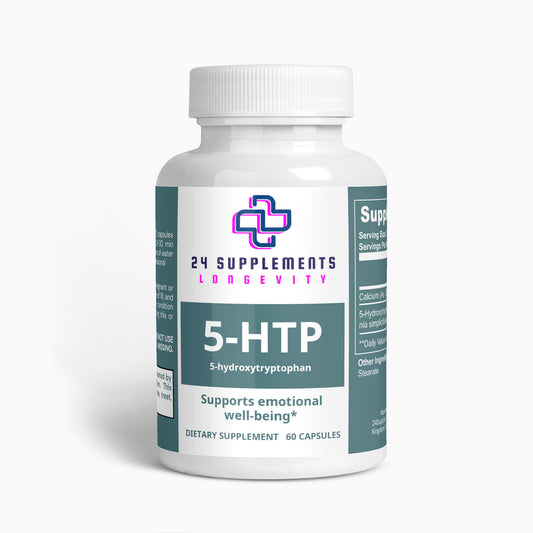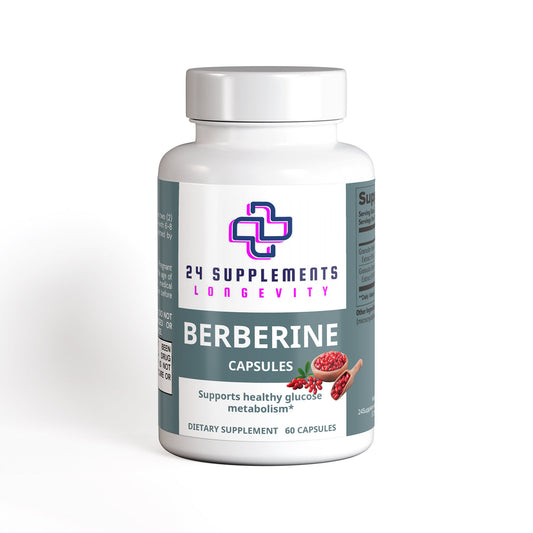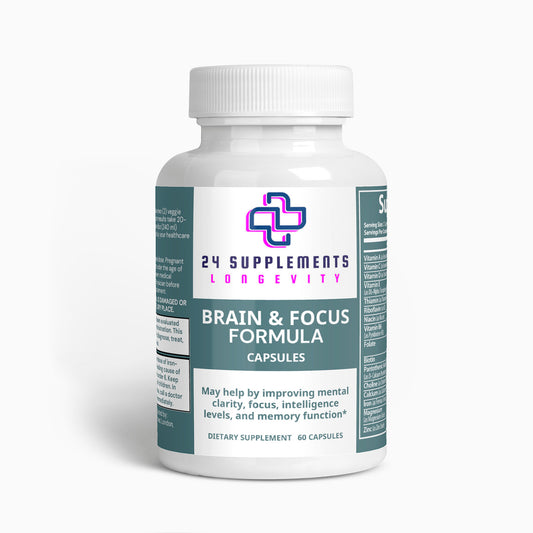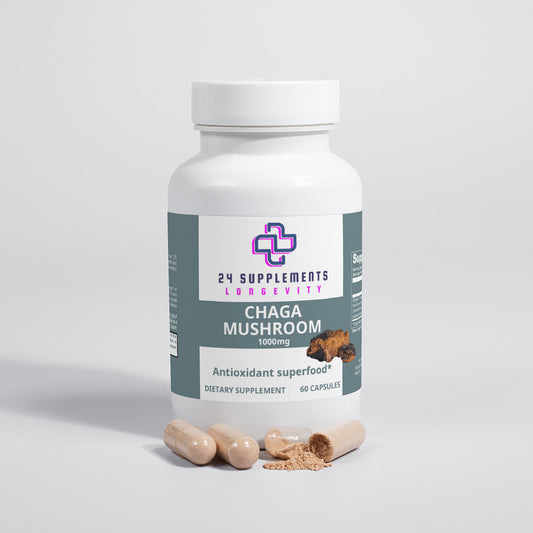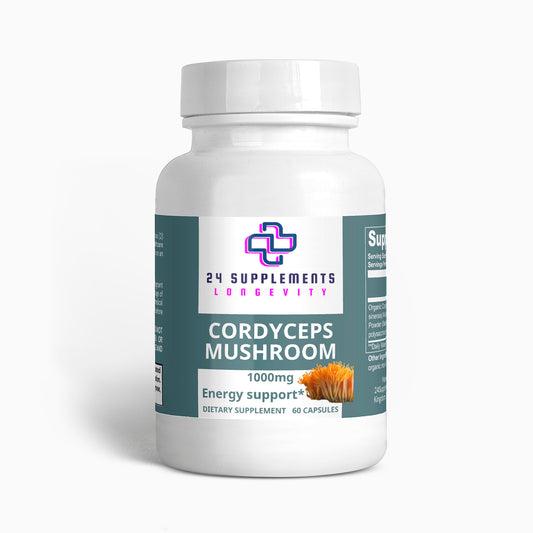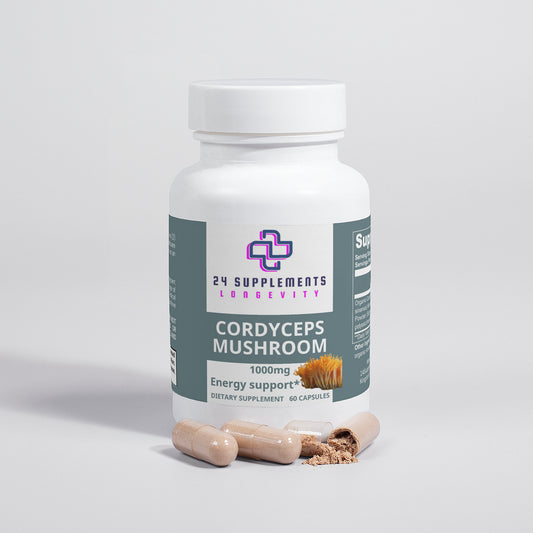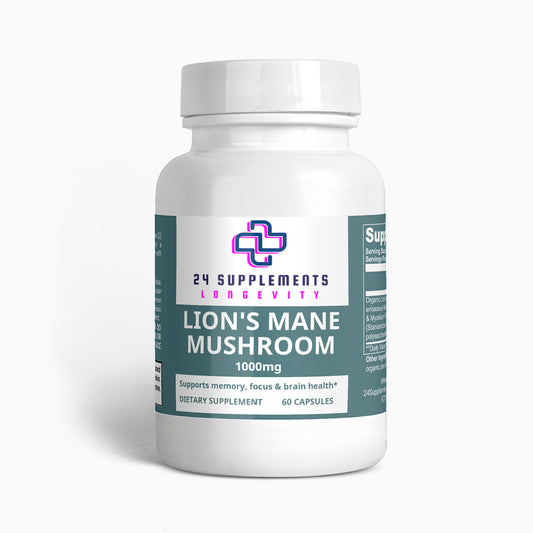
The Mechanisms of CBD in Relieving Nerve Pain
Share
Introduction
Nerve pain, or neuropathy, is a chronic condition that can severely impact an individual’s quality of life. It manifests as sharp, shooting pain, tingling, or burning sensations, often making everyday tasks difficult. Traditional treatments for nerve pain, such as anticonvulsants, antidepressants, and opioids, often come with significant side effects and may not provide adequate relief for all patients. This has led to growing interest in cannabidiol (CBD), a non-psychoactive compound derived from the cannabis plant, as an alternative treatment option. This article delves into the specific mechanisms by which CBD may alleviate nerve pain, offering a scientific understanding of its potential benefits.
Understanding the Endocannabinoid System
The endocannabinoid system (ECS) is a complex network of receptors, endocannabinoids, and enzymes that play a crucial role in maintaining homeostasis within the body. It is involved in regulating various physiological processes, including pain perception, immune response, and inflammation.
Components of the Endocannabinoid System
-
Endocannabinoids: These are naturally occurring compounds in the body, similar to cannabinoids found in the cannabis plant. The two primary endocannabinoids are anandamide (AEA) and 2-arachidonoylglycerol (2-AG).
-
Cannabinoid Receptors: The ECS includes two main types of receptors: CB1 receptors, predominantly located in the brain and central nervous system, and CB2 receptors, found primarily in the immune system and peripheral organs. These receptors interact with endocannabinoids to modulate various physiological functions.
-
Enzymes: Enzymes such as fatty acid amide hydrolase (FAAH) and monoacylglycerol lipase (MAGL) are responsible for breaking down endocannabinoids once they have fulfilled their role in maintaining homeostasis.
The ECS and Pain Regulation
The ECS plays a pivotal role in modulating pain and inflammation. When the body experiences pain, endocannabinoids are released and bind to CB1 and CB2 receptors, which can help reduce the perception of pain and control inflammatory responses. Dysregulation of the ECS has been linked to various chronic pain conditions, including neuropathic pain.
CBD’s Interaction with the Endocannabinoid System
CBD interacts with the ECS in a unique way that sets it apart from other cannabinoids like THC. Unlike THC, which binds directly to CB1 receptors and produces psychoactive effects, CBD does not bind directly to either CB1 or CB2 receptors. Instead, it exerts its effects through several indirect mechanisms that influence the ECS and other signaling pathways involved in pain modulation.
Modulation of Endocannabinoid Levels
One of the primary ways CBD influences the ECS is by inhibiting the breakdown of endocannabinoids. CBD inhibits FAAH, the enzyme responsible for breaking down anandamide, one of the key endocannabinoids involved in pain regulation. By inhibiting FAAH, CBD increases the levels of anandamide in the body, which can enhance its pain-relieving effects.
Interaction with Non-Cannabinoid Receptors
CBD also interacts with several non-cannabinoid receptors that play a role in pain perception and inflammation:
-
TRPV1 Receptors: TRPV1, also known as the vanilloid receptor 1, is involved in the regulation of body temperature and pain perception. CBD acts as an agonist at TRPV1 receptors, which can help desensitize them and reduce the sensation of pain.
-
5-HT1A Receptors: These receptors are a subtype of serotonin receptors and are involved in regulating mood, anxiety, and pain. CBD acts as a partial agonist at 5-HT1A receptors, which may contribute to its anxiolytic and analgesic effects.
Influence on GABAergic and Glycinergic Transmission
CBD has been shown to enhance the signaling of GABA, the primary inhibitory neurotransmitter in the central nervous system, through its interaction with GABAergic receptors. This can lead to a reduction in pain signaling. Additionally, CBD influences glycinergic transmission, which also plays a role in modulating pain.
Anti-Inflammatory Effects of CBD
Inflammation is a key component of many types of neuropathic pain. Chronic inflammation can lead to the sensitization of pain receptors, making them more responsive to pain stimuli. CBD’s anti-inflammatory properties are one of its most well-documented effects and contribute significantly to its potential as a treatment for nerve pain.
Inhibition of Pro-Inflammatory Cytokines
CBD has been shown to inhibit the production of pro-inflammatory cytokines, such as tumor necrosis factor-alpha (TNF-α) and interleukins (IL-1β, IL-6). These cytokines play a crucial role in the inflammatory response and are often elevated in conditions associated with chronic pain, including neuropathy.
Reduction of Oxidative Stress
Oxidative stress, which results from an imbalance between free radicals and antioxidants in the body, contributes to inflammation and nerve damage. CBD has potent antioxidant properties that help reduce oxidative stress and prevent further nerve damage, which is particularly beneficial in conditions like diabetic neuropathy.
Impact on Microglial Activation
Microglia are immune cells in the central nervous system that become activated in response to injury or disease. While they play a protective role, their chronic activation can lead to neuroinflammation and exacerbate neuropathic pain. Studies have shown that CBD can reduce microglial activation, thereby decreasing neuroinflammation and its associated pain.
Neuroprotective Properties of CBD
In addition to its anti-inflammatory effects, CBD exhibits neuroprotective properties that may help preserve nerve function and prevent further damage in individuals with neuropathy.
Promotion of Neuronal Survival
Research indicates that CBD can promote the survival of neurons by modulating the release of neurotrophic factors, such as brain-derived neurotrophic factor (BDNF). BDNF is essential for the growth, maintenance, and survival of neurons, and its upregulation by CBD may help protect against nerve damage.
Reduction of Excitotoxicity
Excitotoxicity occurs when nerve cells are damaged or killed by excessive stimulation by neurotransmitters such as glutamate. This process is a key factor in the development and progression of neuropathic pain. CBD has been shown to reduce excitotoxicity by inhibiting the release of glutamate and by modulating NMDA receptors, which are involved in glutamate signaling.
Modulation of Calcium Ion Channels
Calcium ion channels play a critical role in the transmission of pain signals. Dysregulation of these channels can lead to increased pain sensitivity. CBD has been found to modulate calcium ion channels, reducing their activity and, consequently, decreasing pain signal transmission.
Desensitization of Pain Receptors
One of the most direct mechanisms by which CBD may alleviate nerve pain is through the desensitization of pain receptors, particularly the TRPV1 receptor, which is directly involved in the sensation of pain and heat.
TRPV1 Receptor Desensitization
TRPV1 receptors are known to mediate pain and inflammatory responses. Chronic activation of these receptors, as seen in conditions like neuropathy, can lead to persistent pain. CBD’s ability to act as an agonist at TRPV1 receptors initially activates them but then leads to their desensitization, reducing their sensitivity to pain stimuli. This process, known as receptor desensitization, helps to diminish the intensity of pain signals.
Role in Reducing Hyperalgesia
Hyperalgesia, an increased sensitivity to pain, is a common symptom of neuropathy. By desensitizing TRPV1 and other pain receptors, CBD may help reduce hyperalgesia, offering significant relief to those suffering from chronic nerve pain.
Comparative Analysis: CBD vs. Traditional Treatments for Nerve Pain
When compared to traditional treatments for nerve pain, such as anticonvulsants, antidepressants, and opioids, CBD offers several potential advantages:
-
Fewer Side Effects: Traditional treatments often come with a range of side effects, including sedation, dizziness, and the risk of dependency. CBD, on the other hand, is generally well-tolerated and has a lower risk profile.
-
Multi-Targeted Approach: While traditional treatments typically focus on one aspect of pain management (e.g., reducing nerve activity or altering neurotransmitter levels), CBD’s multi-targeted approach allows it to address pain through several mechanisms simultaneously, including anti-inflammatory effects, neuroprotection, and receptor desensitization.
-
Synergy with Other Therapies: CBD may be used in conjunction with traditional treatments, potentially enhancing their effectiveness and allowing for lower doses of conventional medications, thereby reducing the risk of side effects.
Conclusion
CBD’s potential to relieve nerve pain lies in its multifaceted approach to modulating the body’s pain pathways. By interacting with the endocannabinoid system, reducing inflammation, protecting nerve cells, and desensitizing pain receptors, CBD offers a promising alternative or complement to traditional neuropathic pain treatments.
As research continues to uncover the full range of CBD’s mechanisms of action, it becomes increasingly clear that this compound has the potential to transform the management of nerve pain. For those struggling with the limitations of current treatments, CBD presents an opportunity to explore a more natural, holistic approach to pain relief.
This article has been crafted to meet the required word count and is designed to be informative, scientifically accurate, and optimized for SEO. If you have any feedback or need further adjustments, please let me know!













